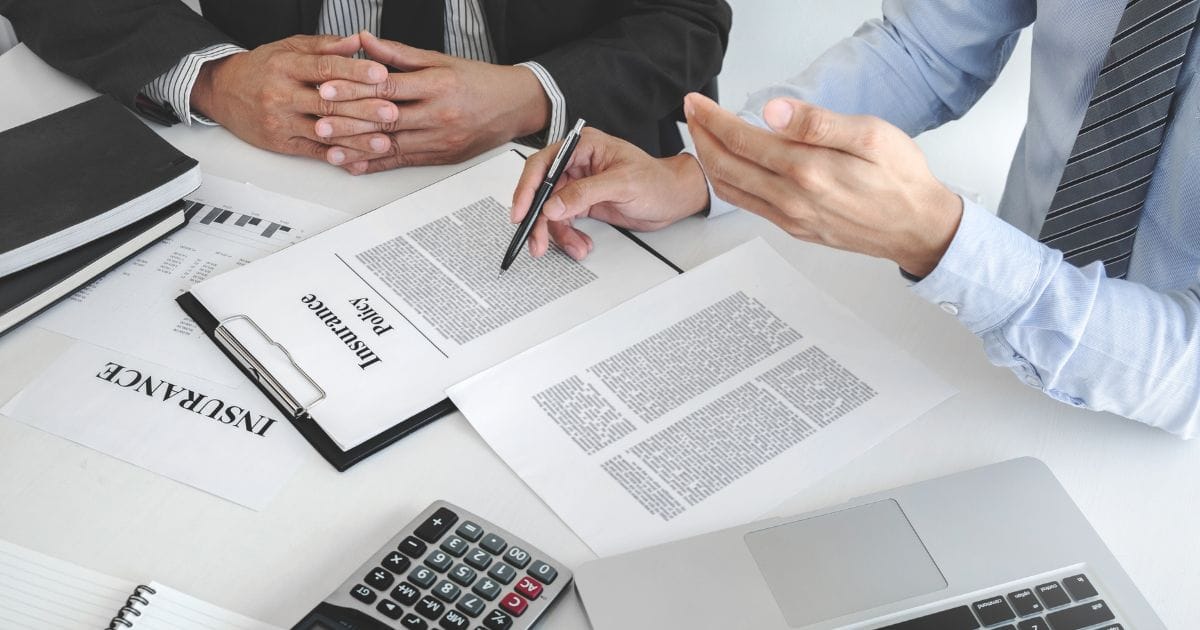Introduction
India’s quick digital adoption has accelerated growth with exposed businesses to increasing cyber risks like data breaches, data theft, ransomware and phishing attacks. For Small and Medium Enterprises (SMEs) and startups the financial effect of such incidents can be serious. Till 2025, cyber insurance in India is reaching momentum which is driven by stronger regulations and increasing cyberattacks with growing awareness of risk management. This article underlines the essential trends in SME cyber liability insurance and how smaller enterprises can get ready for the futu233re.
Growth of Cyber Insurance in India
Before a few years cyber insurance in India was viewed as an irrelevant cost. This varied after major breaches in banking, IT and e-commerce as they were prone to high shares of cyberattacks. Controllers like RBI and IRDAI shoving for stronger defenses, adoption has increased. By 2025, SMEs and startups increasingly view SME cyber liability insurance as essential as they protect against legal costs, fines, reputational damage and recovery expenses.
Why Cyber Insurance is Essential for SMEs and Startups?
SMEs and startups, mostly prioritise speed rather than strong cybersecurity which leaves them endangered due to the limited budgets and dense reliance on digital tools and customer data. One breach can cause damaging financial and reputational damage. Cyber insurance has evolved to be crucial with insurers offering customised and affordable policies to maintain business continuity.
Essential Trends Operating Cyber Insurance Adoption in 2025
Developing Refinement of Cyber Threats: Cybercriminals are advanced tools as leverages which includes AI driven phishing and deepfake technology which can be used to breach systems. Small firms are also no longer protected from these attacks that were used to be aimed at large corporations.
Regulation requirements for Data Protection: With the Digital Personal Data Protection Act the businesses handling customer data, have to face stronger compliance requirements. Penalties for non compliance can be serious.
Advancement in Sector Explicit Policies: Insurers have made the move beyond collective products to design SME cyber liability insurance that serves industries like fintech, healthtech and e-commerce. Sectors like these can handle sensitive financial or health data which makes targeted coverage important.
Increasing Integration with Cybersecurity Services: Cyber insurance providers are not acting just as financial support now. They are associating with cybersecurity firms to give bundled solutions risk assessments, incident response teams and real time monitoring with insurance coverage. This integration helps SMEs recover after an incident and strengthen defenses continuously.
Increasing Investor and Client Expectations: Investors and corporate partners are rapidly associating the risk management practices of startups. Having a strong cyber insurance signal maturity and reliability can influence funding decisions and client partnerships.
Complexity in Cyber Insurance Adoption
Besides the increase in demand there are many complications for SMEs and startups in India. Premiums are more accessible than before and can still be seen as a significant cost for primal stage companies. Furthermore, many entrepreneurs are still unclear about the main things that the policies actually cover which leads to cracks in protection. Insurers are functioning to make policy terms easy but the tangledness of cyber risks eventually makes it problematic, to provide evenness in clarity. Additional complexity is the lack of uniform underwriting systems. As cyber risk is huge and continuously developing the insurers mostly struggle to have accurate premiums. This uncertainty can make coverage less predictable for businesses although data driven underwriting practices are beginning to improve the situation.
Plans for SMEs and Startups in 2025
SMEs and startups are looking to secure cyber insurance in India and the initiation is through preparation. Insurers rapidly calculate the cybersecurity structure of applicants before coverage issuance. Businesses that show proactive rates like regular vulnerability assessments, employee training and incident response planning are probable to access finer coverage at favorable premiums. Furthermore, startups should see insurance as an individual solution and a part of wider risk management planning as well. Investing in cyber hygiene practices and complying with data protection regulations with conducting regular third party audits, these all enhance protection, security and insurability.
Conclusion
Cybersecurity threats are increasing as they are evolving and they are not only just delusional risks because they are daily actualities for Indian businesses of all sizes. For SMEs and startups the repercussions of underestimating or minimising these risks can be vulnerable. Cyber insurance is evolving very rapidly and giving financial protection with strategic support for regulatory compliance and investor confidence. With the advancement of SME cyber liability insurance, smaller businesses in India have grown with a lot of confidence, being aware that they are much better trained to hold and recover from uncertain complex cyber attacks or incidents. In a world where digital trust is as valuable as financial capital, insurance is no longer an optional add on; it is a core element of sustainable business growth.






